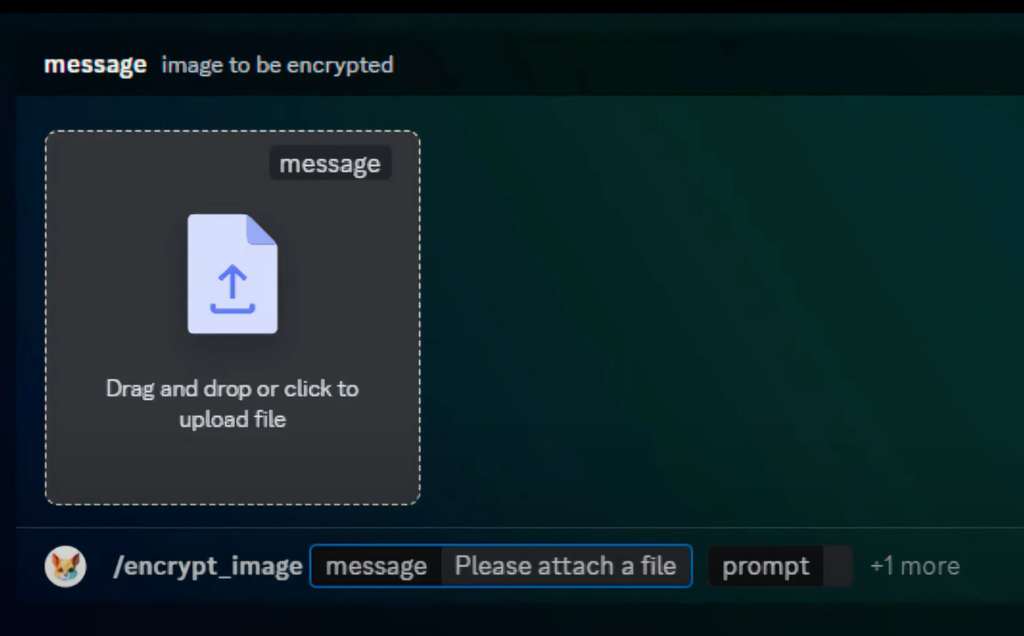In the realm of digital image creation and manipulation, Pika Labs stands out with its innovative approach to image control. This article delves into their method to illustrate the process of Advanced Image Control in Pika Labs. The technique involves creating a distinct image, converting it into a black and white mask, and then using this mask in conjunction with Pika Labs’ tools to generate a variety of related but unique images.
Creating and Manipulating the Image
The process begins with the creation of an image with a clear subject. For instance, we will use an image of a 3D ocean wave. It centered and surrounded by white paint in a random cloud shape on a canvas.

This image is then converted into a black and white mask, but not in the usual sense of 100% b/w. Instead, the mask retains some midtones, creating a more nuanced template.
In Photoshop, this involves turning the image grayscale and then adjusting the levels to increase the contrast between the blacks and whites while preserving some midtones.

The goal is to create a mask that highlights the main subject while providing enough detail for further manipulation.

Advanced Image Control with Pika Labs
Once the mask is created, it’s uploaded to Pika Labs’ Discord using the ‘encrypt image‘ command.

The original color image and the black and white mask are used in tandem to generate new images.

This technique allows for the creation of scenes that are similar to the original image but are not identical. It offers a variety of unique yet consistent images.
The versatility of this technique is evident in its application across various subjects and themes. Whether it’s animating an ocean wave, a piece of fruit, or a teddy bear, the method remains consistent: create a detailed mask and use it alongside the original image to generate variations.

This process ensures that while each output is unique, it retains a fundamental connection to the original, creating a cohesive series of images.

One of the key advantages of this approach is its ability to control the level of variation. By adjusting the mask and the prompts used in the Pika Labs tool, creators can decide how much each new image should deviate from the original. This control is particularly useful in projects where a balance between consistency and variety is crucial, such as in thematic video production or in creating a series of related digital artworks.
Moreover, the technique’s ability to maintain the subject’s integrity while allowing for variations offers a solution to one of the common challenges in digital art and animation: creating multiple images that are similar yet distinct. This is especially beneficial in storytelling, advertising, and branding, where visual consistency is key to maintaining narrative coherence or brand identity.
Conclusion
In conclusion, Pika Labs’ advanced image control method is a powerful tool for digital creators. It combines the precision of traditional image manipulation with the innovative use of AI, opening up new possibilities in the realm of digital art and animation. By allowing for controlled variation while maintaining a consistent theme, it provides a unique solution to the challenges of creating coherent yet diverse visual content. As digital media continues to evolve, techniques like this will undoubtedly play a significant role in shaping the future of visual storytelling and digital artistry.
Read other articles:

